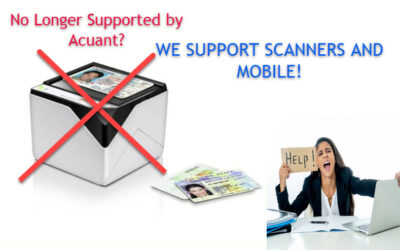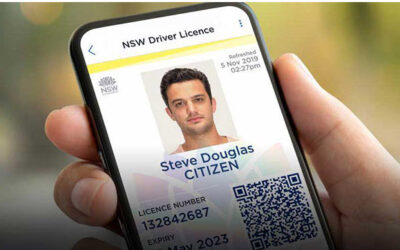The access to data is one of the most critical issues in today’s business environment. Being able to access information immediately whether in the next room or around the world is a requirement, not a convenience. Consider the data involved is medical information that could be critically important in an emergency. The ability to access patient data for someone from Los Angeles traveling in France could be invaluable in an emergency and could save their life.
Data must first be in an electronic format that can be stored, accessed, changed, and searched via the Cloud or interconnected databases to use it seamlessly around the world. With the prevalence of hardcopy medical forms, reports, and data, the ability to virtually scan and utilize information from such paperwork across platforms is indispensable. Scanning documents together with the use of OCR software solutions ensures medical professionals can provide the highest level of accurate service when rendering medical diagnoses and treatments.
Handling Forms and Reports
We are all familiar with how our medical data is usually compiled. We fill out documents that create files at the doctor’s office. If we have lab tests, those paper reports are added. If we go to the hospital, these records are copied and sent to the physician, sometimes with transcription errors.
As technology has evolved, a large volume of data is now taken and stored electronically. There is still a considerable amount of information issued in paper reports, charts, and files that takes hours to input into a medical system such as an EHR. Such documents can also be mixed up with other files or transcribed incorrectly.
The answer to these issues is the use of Optical Character Recognition (OCR) software and imaging tools. By using OCR, these documents are now rendered into electronic data for easy access via a computer on the Cloud or integrated medical databases.
As OCR software and imaging has improved, it has also become possible to scan documents from remote locations and integrate them with existing information on patients.
Not only can data be uploaded to medical facilities in another country from the patient’s regular physician, but information can also be downloaded to that physician for consultation. A considerable part of picking our doctor is our trust in them. Virtual imaging combined with OCR can allow that physician to be present for us, wherever we are, and ensure we receive the correct treatment based on all of our data and history.
Accurate Data = Peace of Mind for the Clinician
Information can be inaccurate when it is rewritten or transcribed. Avoiding these transcription errors allows medical professionals to render better care with the knowledge that the original data is correct. OCR systems have checks and balances in place to ensure that the highest level of data handling efficiency greatly limits potential mistakes. By eliminating these errors, the medical professionals increase productivity, reduce paperwork and ensure a professional accurate treatment.
Using OCR software on a web-based platform makes the systems easy to use and integrate into routine operations. The medical team just combines the electronic data gathered with existing patient information, various common medical forms, records, lab reports, radiology reports, and other data. These documents provide a complete view of the patient’s medical history. All the available data is gathered together at one time. Nothing is lost, omitted, or lagging in the transmittal process. This process is also greatly used on the medical billing operations to accurately capture information from HCFA form 1500, UB 04 and other standard forms. The information is easily captured and automatically creates an industry compliant 837 file format.
Peace of Mind for the Patient
In much the same way as the physician, the availability of accurate medical records at all times brings peace of mind to the patient. How many times have we found errors on our own medical forms that resulted from transcription mistakes, misspellings, and related issues?
This is also true for data that may be missing from necessary tests and reporting. It brings an immense peace of mind to patients when they know their data is accurate and they don’t have a bevy of hospital personnel requesting information when they are sick or injured.
Admissions into hospitals, insurance forms, coverage, claims, medical history, relatives, and other data are requested repeatedly. In many instances, you may not be in a condition to answer for yourself. By having all the patient data together from medical history to insurance and family, the process becomes much simple and streamlined.
Using OCR software and imaging allows this data to be available, thereby reducing waiting times and forms. Also, virtual scanning ensures that data can be gathered in any setting and kept with your records, so nothing is missed.
Virtual Scanning – Making You Safer
Using OCR software to capture information on your scanned medical forms and data, then integrating it with your secure health record and other information, helps to keep patients safe. It decreases the amount of time spent getting service and lowers the risk of mistakes.
OCR data capture also allows the physicians and medical professionals to have access to timely and accurate data they can count on to get you the best care possible. As a result, both the patient and the doctor have greater peace of mind.
Thank you for reading our blog! How can we help you? Contact us today.




